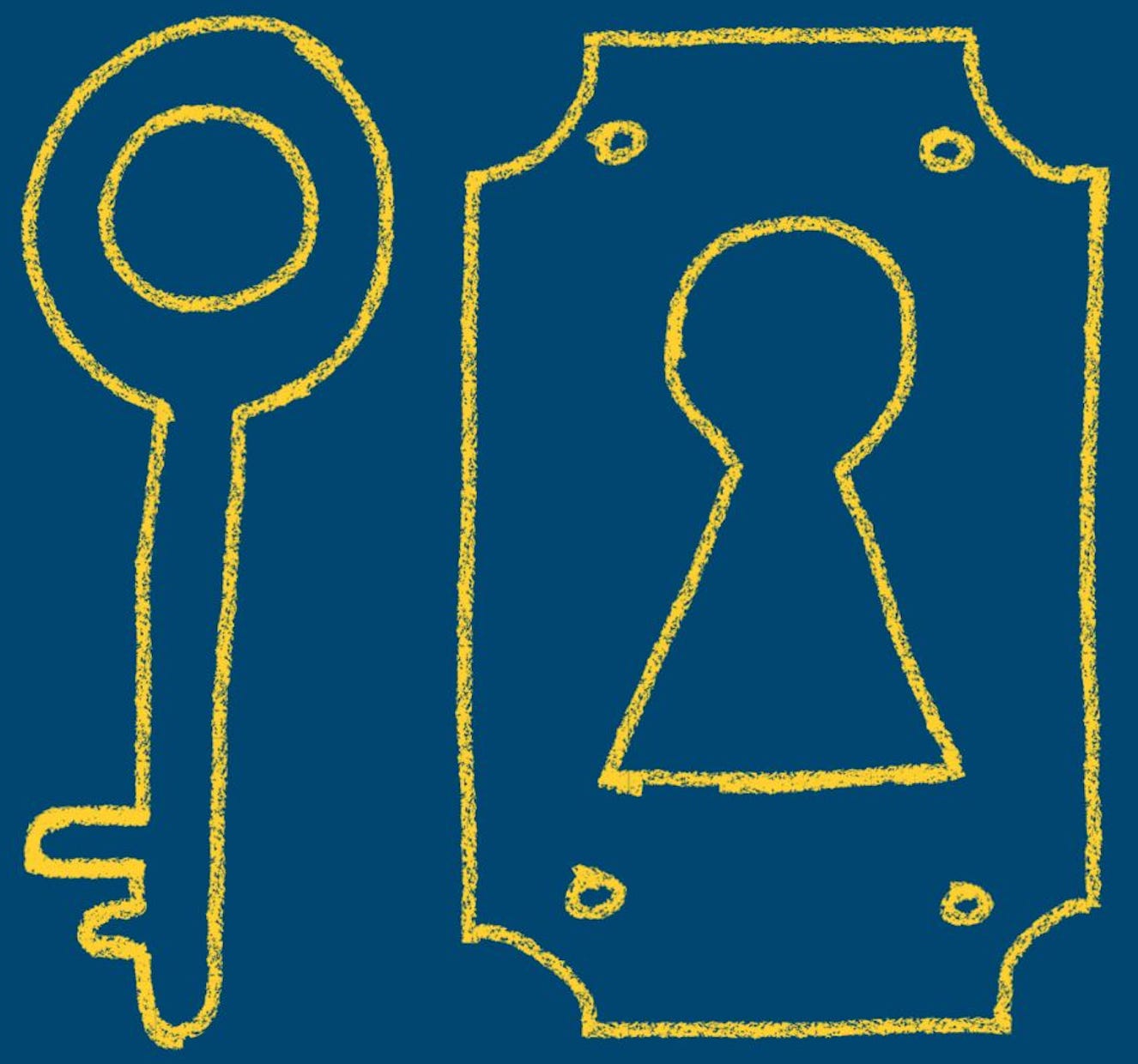This piece was published in Good Audience, an online publication on the latest advancements in blockchain, crypto and artificial intelligence.
To understand how blockchains work, you need to understand cryptography. The problem is, there aren’t any easy explanations about what cryptography is, why it exists or how it works. Everything out there is either so technical that you can’t follow what’s going on without a computer science degree, or so simplified that you still don’t really understand what’s actually happening.
In this primer, we’re going to walk that fine line between being simple enough for the average person to follow, and detailed enough that you actually get a sense of what we mean when we talk about cryptography.
When you think of cryptography now, you probably think of complex mathematics and computer science algorithms. But cryptography was around long before computers, and for a long time, it was really simple.
The basic point of cryptography has always been for two people to be able to share secret messages.
Think about yourself and your friend — if you wanted to share a message that no one else could read, how would you do it?
The simplest way would be to use a lock box. You and your friend both have a key to the same box. You put your message in the box and lock it with your key. Your friend uses their key to unlock the box and read the message. You could say that the process of you locking the message in a box is called encryption, while the process of your friend unlocking the box to read the message is called decryption. You can take this analogy with you as you try to understand cryptography.
Encryption is always using a key to lock a message, while decryption is using a key unlock a message.
Now, that key could be a physical key, like the one we used in this example, or it could be a cipher.
Ciphers are basically codes or operations that you can use to scramble or unscramble a message. The entire field of cryptography is about coming up with ciphers to encode messages in ways that other people can’t figure out.
We use cryptography instead of the lock-and-key method because, as you can probably already guess, the lock-and-key method isn’t scalable. Imagine if you had to share a message with your friend but you were on opposite ends of the world. Or if you had to share the same message with a hundred friends. The lock-and-key method would quickly become too difficult to maintain. You can also see that the lock-and-key method isn’t particularly secure. It’s easily possible for someone to pick a lock, or even break the box itself.
The goal of cryptography is to find a way to share secret messages that is both scalable and unbreakable. The complexity in the field comes out of the back-and-forth battle between code-creators and code-breakers. Code-creators create a cipher, code-breakers find a flaw and decode it, forcing the code-creators to come up with a more complex cipher, which the code-breakers will try to break again, and so on.
You can see this battle clearly if you look at the evolution of cryptography throughout history. In part 2 of this primer, we’ll look at how the earliest ciphers came to be, how they worked, and how they were eventually broken.
Read part 2 here.
Thanks for reading! If you like learning seemingly complicated things without breaking your brain, feel free to subscribe and/or share 😁!



I don't know anyone better than you at making things easy and fun to understand! LOVE this!